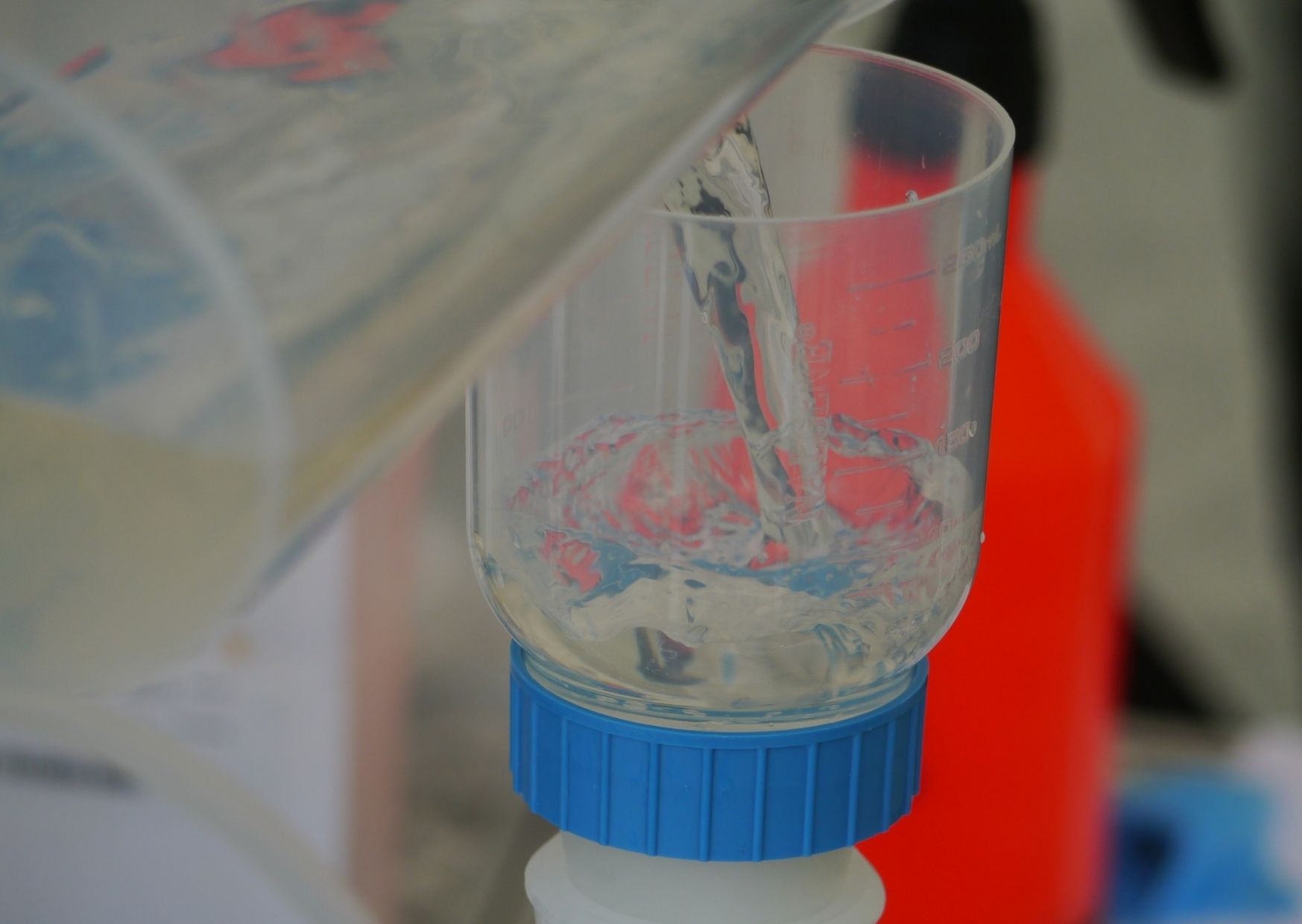Investigate biodiversity in ponds set in urban and rural landscapes and across geographic transects
In WP1 we will focus on comparing the pond biodiversity in the context of urbanisation and geographical gradient. We will sample environmental DNA and RNA to attain the most comprehensive list of the aquatic taxa present in the ponds situated in urban and rural areas and in five geographic regions (from southern Poland up to central Norway).

Key questions:
- Is there a difference in the resulting taxa when metabarcoding eDNA and eRNA?
Up to now few studies have compared the similarities and differences between eDNA and eRNA. We will specifically check whether eDNA is more stable and gives more equal results across ponds compared to eRNA? - Is there a relationship between number of species for the different taxa and across geography?
We may expect that at higher latitudes, where climatic conditions are less favourable for ectothermic organisms, i.e., lower ambient temperature and shorter growth season, city-caused increased temperatures (city as a ‘heat island’) might ameliorate suboptimal thermal and seasonal effects at high latitudes. With the presented sampling design, we can test for this using absolute numbers of identified taxa. - How is urbanization affecting biodiversity and is this consistent across taxa?
Human population density is often positively correlated with species richness. However, urbanization is also the main driver of ‘biotic homogenization” and hot spots for invasive alien species. Urbanization is therefore one of the major threats to biodiversity. We will test how these tendencies varies between the different taxa (bacteria, fungi, invertebrates, vertebrates) and across geography.
The WP1 leader is Karolina Bącela-Spychalska, PhD


